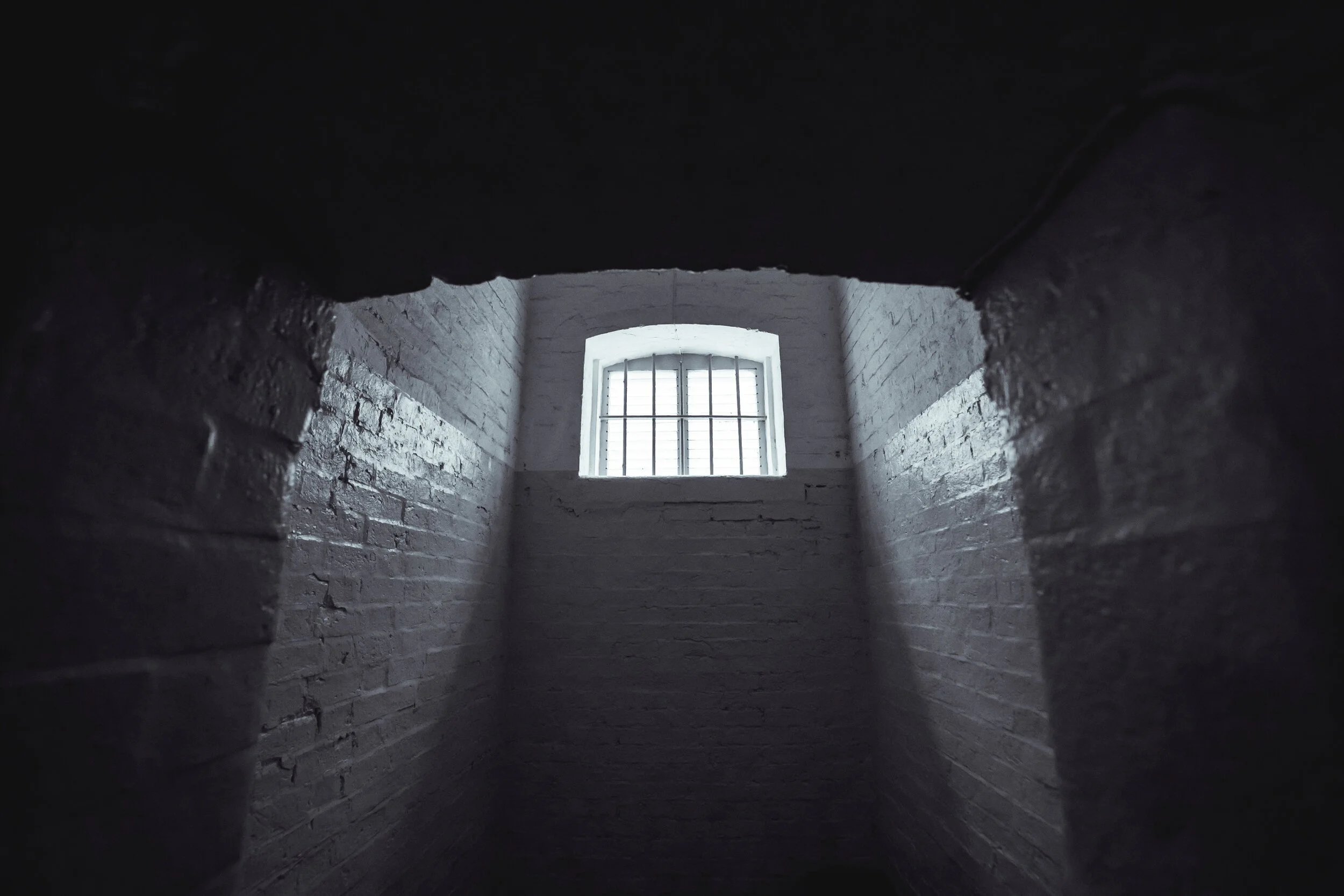The woman sat inside her head, building up anger. She felt it was necessary to keep the anger alive. At the same time, she could feel the anger slowly destroying her, making her miserable.
It was winter when the incident occurred. Spring was coming and she desired to be outside working in her flower garden. She had ventured out to the garden a couple of times, within the past week, but she quickly returned to the house. She didn’t feel that it was right for her to enjoy herself. She felt that enjoying herself invalidated what happened to her. It was as if she was signaling that the incident really wasn’t that bad. Instead, she stayed inside, remembering.
She felt like the anger protected her. She reasoned that the anger motivated her. She didn’t believe that she would be able to “do what it takes” without the anger. She felt that she needed it so she could say and do the things that would be required if she was to protect herself again. She was angry with herself for not acting differently. She thought she had been weak. She believed that the anger would make her stronger and help her make different decisions.
The anger smoldered inside the woman. She developed digestive problems that her doctors were unable to remedy. Her state of constant anger was not directed towards friends and family, but they could still feel it. They slowly spent less and less time around her. She started to feel isolated. The price she paid for using anger as a tool was very heavy.

